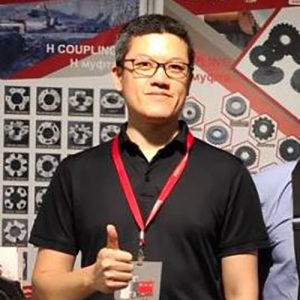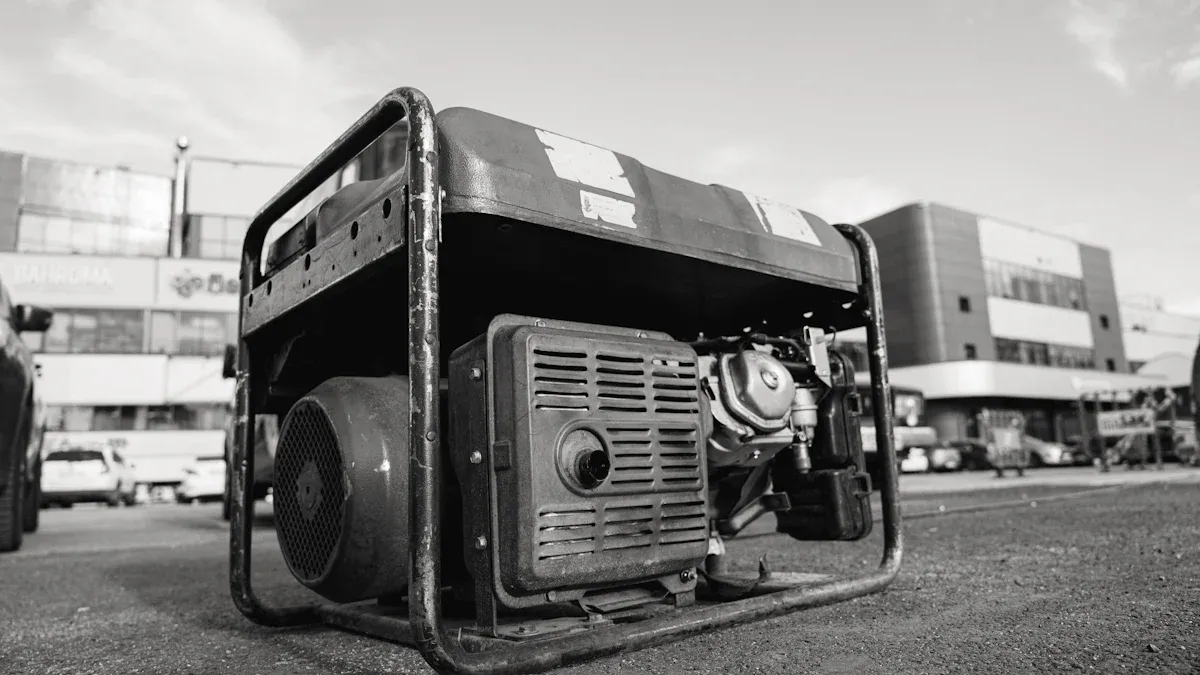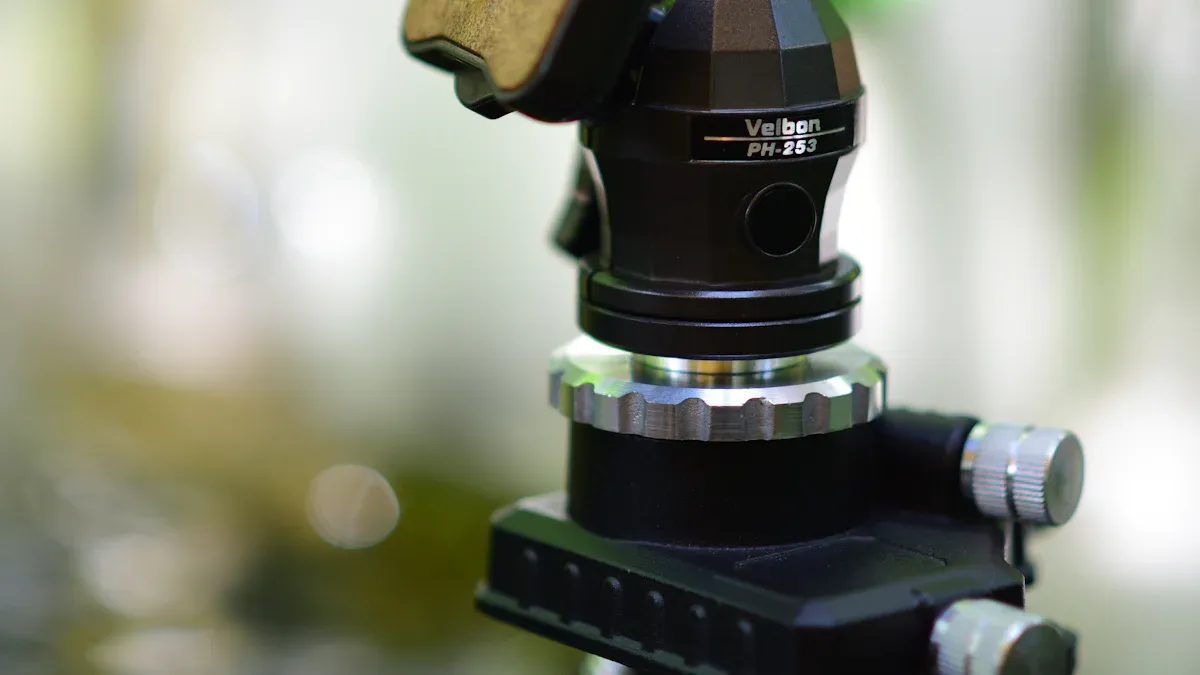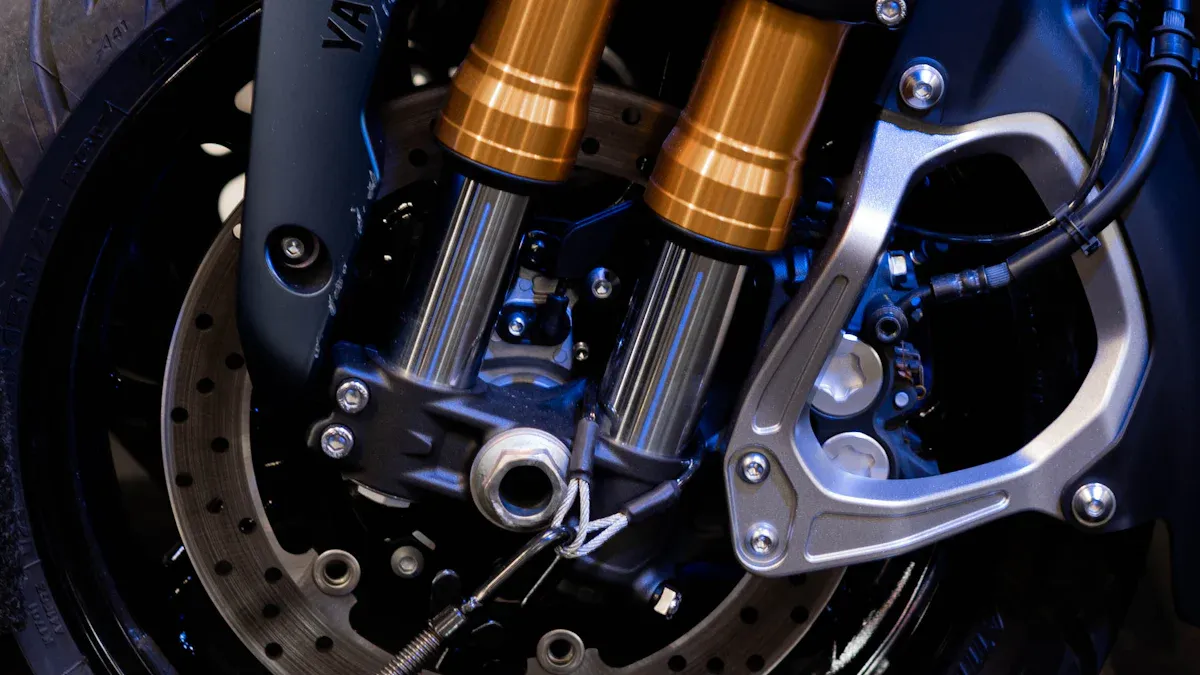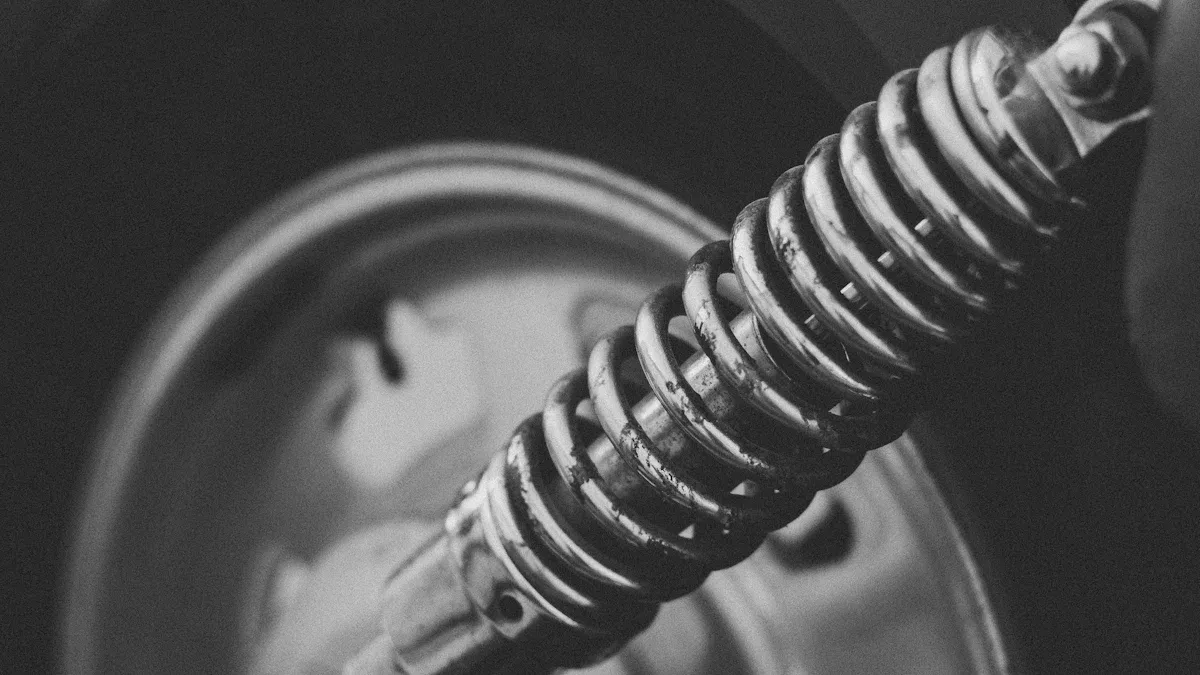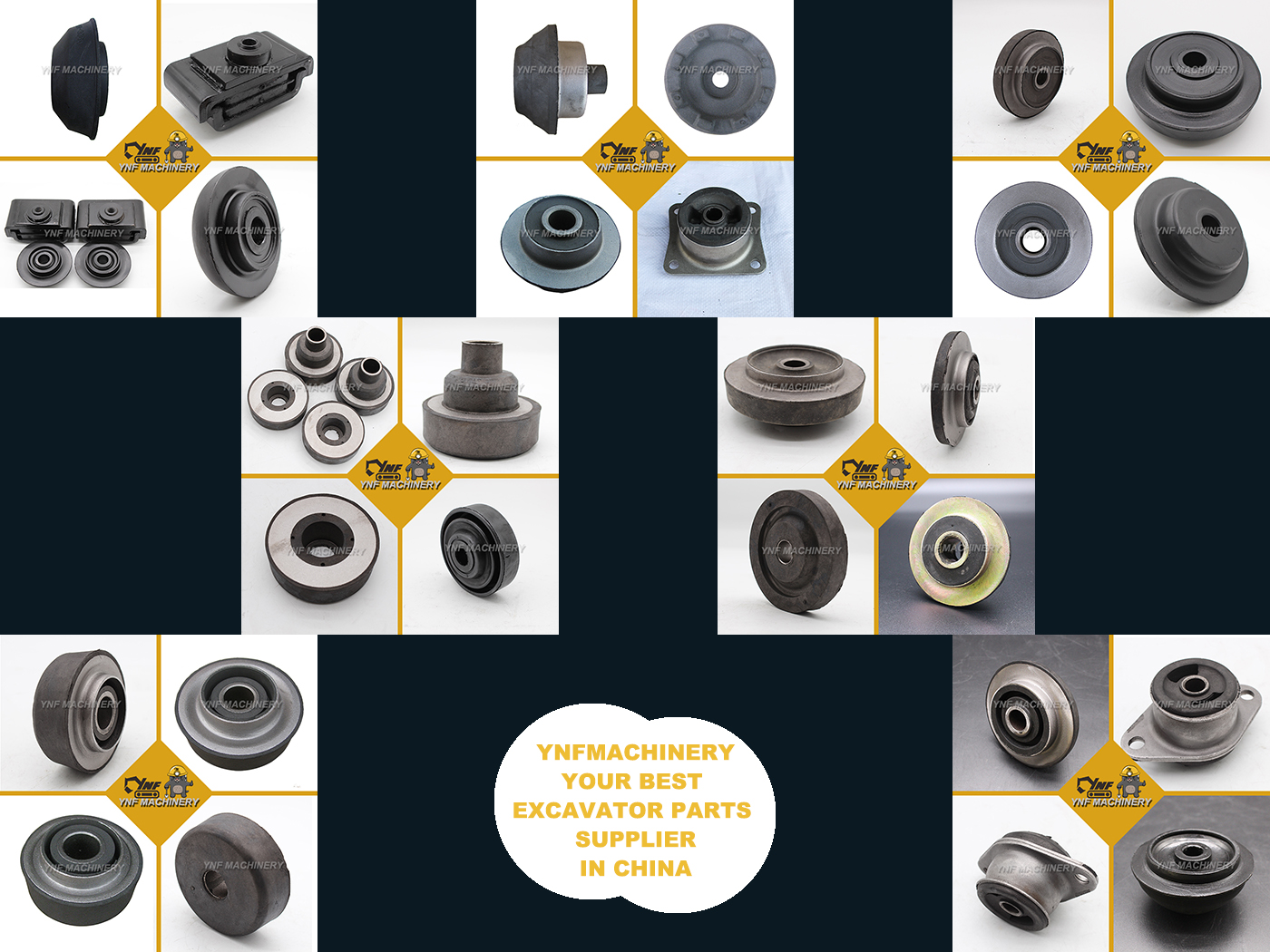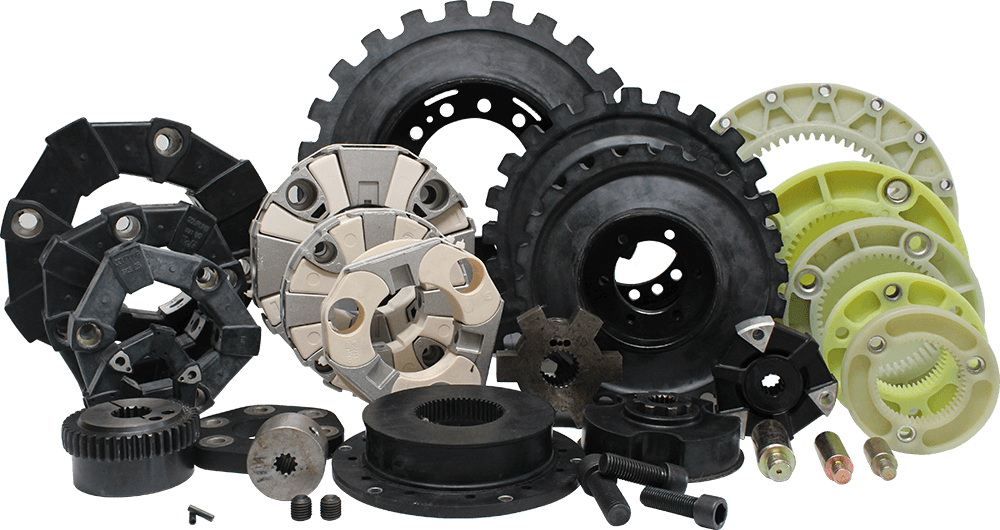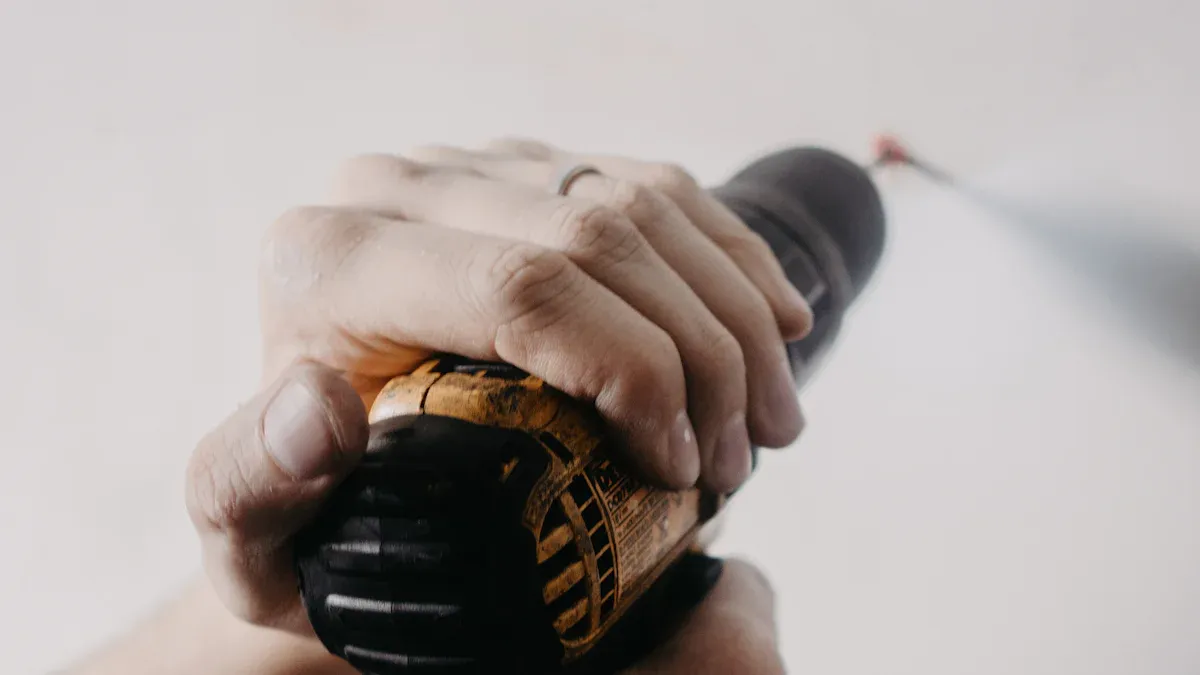
You can find a bushing isolator in lots of machines. It keeps moving parts apart and makes less noise or shaking.
Engineers pick a bushing to cut down on vibration passing through.
Bushings that lower noise help machines stay quiet.
Vibration isolation mounts keep equipment safe and make it more comfortable.
Key Takeaways
Bushing isolators help lower vibration and noise in machines. This makes machines run smoother and last longer.
Picking the right bushing material is very important. Think about temperature, how much weight it can hold, and if it can handle chemicals. This helps the machine work its best.
Check bushings often and change them when they wear out. This keeps machines working well and stops expensive repairs.
Bushing Isolator Basics
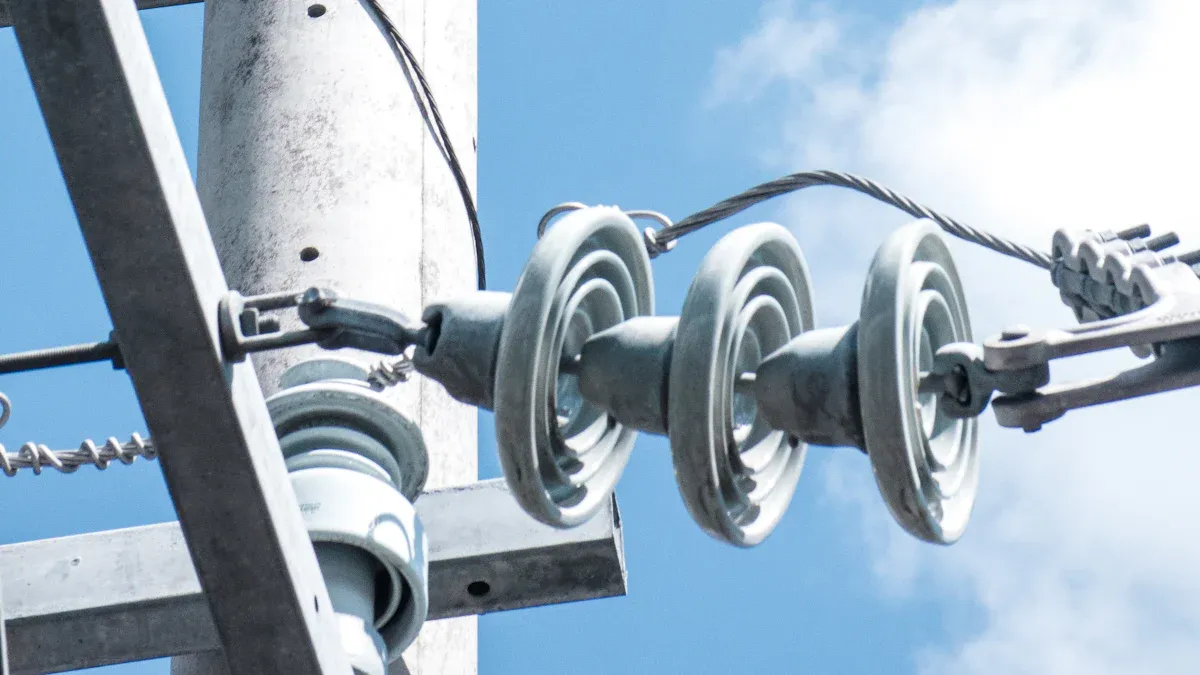
What Is a Bushing Isolator
A bushing isolator is a small part that goes between two moving machine pieces. It keeps the parts from touching each other. It also stops them from moving in ways they should not. This part works as a vibration isolator. It blocks and soaks up shaking or noise in machines.
You can find a bushing isolator in cars, big machines, and even things at home. Its main job is to help machines run smoother and quieter. Using a bushing helps protect equipment from breaking. It also makes your ride or work area feel nicer.
Tip: A bushing isolator does more than just cut noise. It helps your equipment last longer by stopping metal parts from rubbing.
Here are the main jobs of a bushing isolator in factories:
Function | Description |
|---|---|
Vibration Absorption | Cuts down on vibrations moving between parts. |
Noise Reduction | Makes machines and tools quieter. |
Equipment Protection | Keeps important machines safe from shaking damage. |
Improved Performance | Helps machines work better by stopping vibrations. |
A bushing isolator does more than one thing. It helps lower shaking, makes less noise, and keeps machines safe.
How It Works
A bushing isolator sits between two parts like a wall. When one part shakes or moves, the isolator takes in the energy. This stops the shaking from reaching the next part.
Think of it like a pillow. If you jump on a soft mat, the mat takes your energy and keeps you safe from the hard ground. In the same way, a bushing soaks up and spreads out the energy from moving parts.
The way a bushing isolator is made is very important. The material and shape decide how well it stops shaking. For example, rubber bushings can bend and stretch when pressed. This helps them take in shocks and keep machines steady. The way the rubber wraps around a spring also helps control shaking. If the bushing is too hard, it will not soak up enough energy. If it is too soft, it might not hold the parts tight.
Here are some science ideas that show how a bushing isolator works:
Principle | Description |
|---|---|
Tough, Single Network Hydrogels | These materials have special links that help soak up and spread energy. |
Dynamic Stiffness | How the bushing bends and moves under force controls how much shaking gets through. |
Energy Absorption Mechanisms | The bushing bends, twists, and rubs to take in energy from shaking. |
Bushings can be made from different materials. Each material has its own good points. Here is a table with some common materials and how long they last:
Material | Durability Rating | Key Properties |
|---|---|---|
PTFE/Teflon | Moderate | Slippery, does not rust, handles heat, self-oiling |
PEEK | High | Very strong, hard to wear out, handles heat, resists chemicals |
UHMW PE | Moderate | Slippery, hard to scratch, resists chemicals |
PPS | Moderate | Handles chemicals and heat, keeps its shape |
Nylon | Moderate | Cheap, works for a long time, but does not like sun or water |
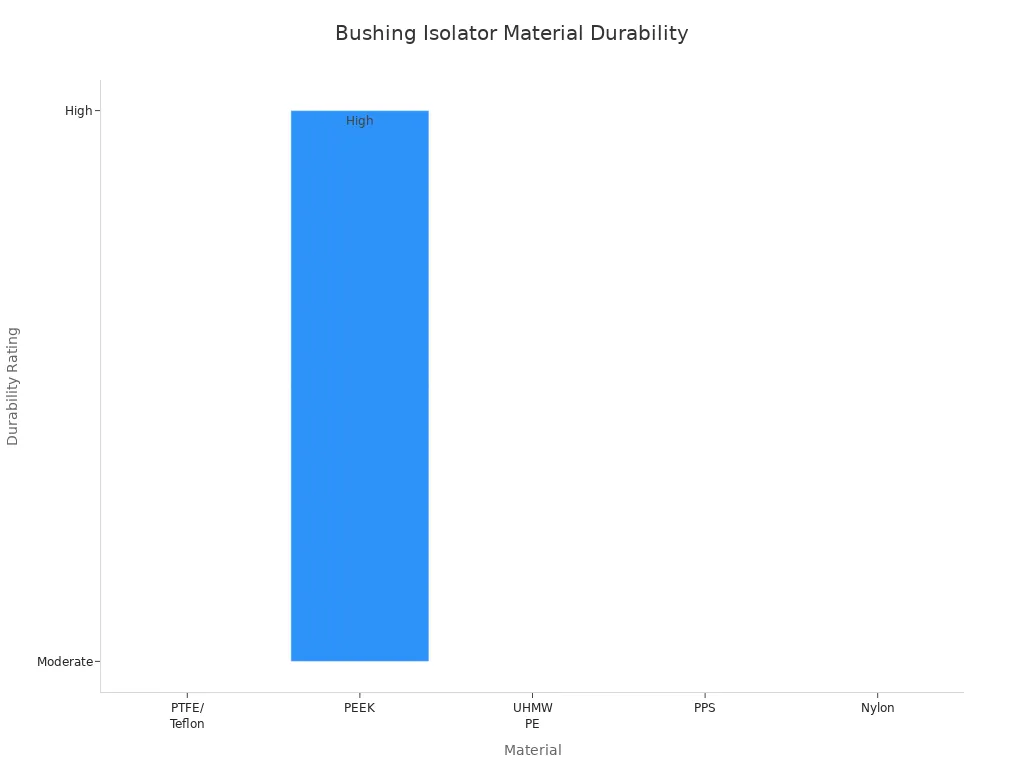
When you choose a bushing, think about what material is best for your machine. Some last longer or handle heat better. Others are good at stopping rubbing or fighting chemicals.
A bushing isolator helps your machines work well by soaking up shocks, blocking noise, and stopping shaking from spreading. You get better machines and they last longer when you use the right isolator.
Key Benefits and Applications
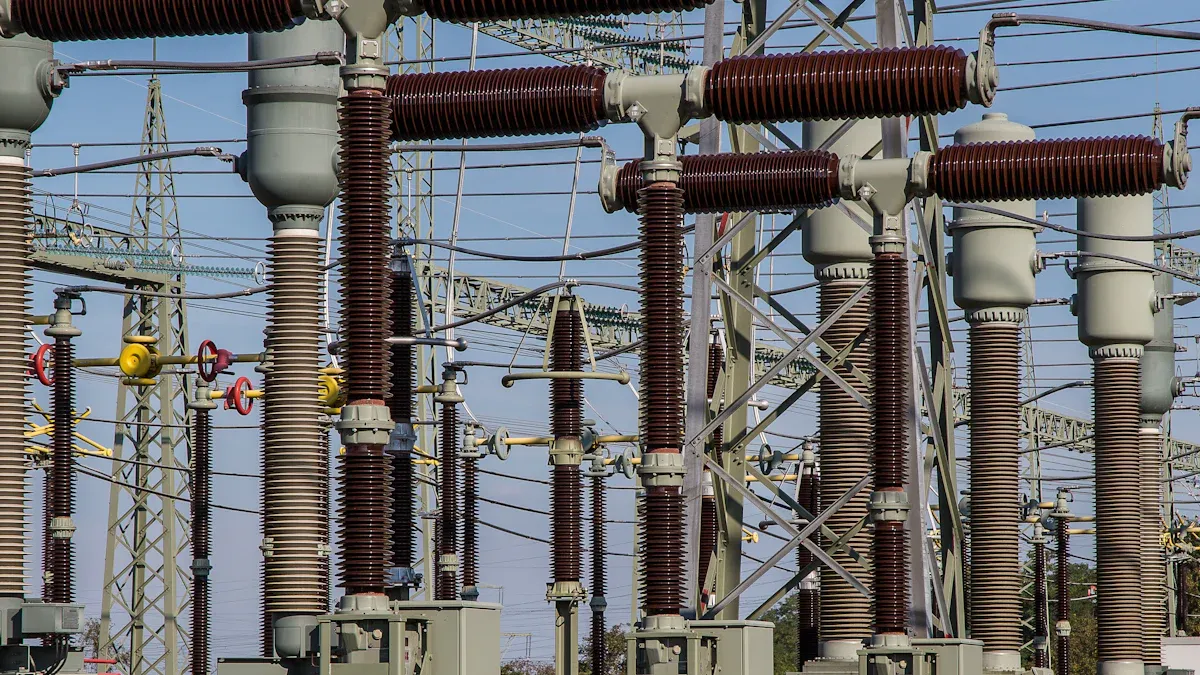
Vibration and Shock Reduction
A bushing isolator gives your equipment many good things. The biggest help is less vibration and shock. When you use rubber isolator bushings, machines are safe from shaking and hard hits. This makes your equipment last longer and work better. Rubber isolation bushings also make less noise, so your workspace is quieter. You do not have to worry about parts wearing out fast. These bushings lower friction and you do not need extra oil. Here is a table that shows how much shock different bushing isolators can take in heavy machines:
Bushing Type | Compression Load Range (lbs) | Compression Load Range (N) |
|---|---|---|
LORD Rubber Shock Mounts | 200 – 9,300 | 890 – 41,385 |
Square-Bonded Bushings | 700 – 5,000 | 3,114 – 22,241 |
Center-Bonded Bushings | 300 – 9,300 | 1,334 – 41,385 |
Center-Bonded Bushings without Outer Member | 200 – 8,200 | 890 – 36,475 |
Suspension Systems
You can find rubber isolator bushings in many suspension systems. In cars, these bushings join parts like control arms and engine mounts. They take in shocks and vibration from the road. This gives you a smoother ride. The suspension system uses rubber bushing to keep your car steady and quiet. When you drive over bumps, the bushings soak up the hit. This helps your car handle better and work well. Suspension systems use different bushing isolators to control forces and keep parts in place. Some suspension systems use hydraulic bushings to lower noise and make rides more comfy.
Note: The main job of a suspension system is to keep the car body steady and comfy, even on bumpy roads.
Rubber Isolator Bushings
Rubber isolator bushings are important in many jobs. You see rubber isolation bushings in cars, big machines, HVAC systems, boats, and electronics. These bushings give comfort, let things bend, and save money. A rubber bushing gives a smooth ride in family cars and daily vehicles. In factories, rubber isolation bushings help machines run quietly and last longer. You can use rubber bushing in HVAC units to stop shaking and noise. Rubber isolator bushings also work well in boats and electronics, where they protect parts from shaking. There are different bushing isolators for each job, so you can pick the best one for comfort and how your car works.
Choosing the Right Bushing Isolator
Selection Tips
When you pick a bushing isolator, look at a few things. First, check if it can hold the weight of your machine. Make sure it can handle stress too. Next, think about how hot or cold your machine gets. Some bushings work better in heat or cold. You should also see if the bushing can stand up to chemicals. If your machine uses oils or chemicals, choose one that does not break down. The size of the bushing is important. A good fit helps stop shaking and keeps things smooth.
Here are some tips to help you:
Make sure the bushing can hold the weight.
Pick a material that works in your machine’s temperature.
Choose a bushing that does not get ruined by chemicals.
Measure to get the right size for your machine.
Look for bushings that are easy to put in.
Think about how much shaking you want to stop.
If you use a bushing in a suspension, the material matters a lot. Natural rubber bends easily and gives a smoother ride. Polyurethane is good for heavy loads and rough use. See the table below for more details:
Material Type | Properties | Applications |
|---|---|---|
Natural Rubber | Flexible, elastic | Automotive suspension |
Synthetic Rubber | Durable, oil-resistant | Engine mounts, machinery |
Polyurethane | High load, abrasion-resistant | Heavy-duty uses |
Steel | Strong, durable | Industrial machinery |
Aluminum | Lightweight | Aerospace |
Brass | Corrosion-resistant | Special industrial uses |
Application Considerations
You need to match your bushing to your machine’s needs. Think about how much weight and shaking your equipment gets. The table below shows which bushings fit certain machines:
Load Category | Load Capacity (N/mm²) | Suitable Machinery Examples |
|---|---|---|
Low Load | 0.2 | Backup generators, air compressors |
Medium Load | 0.6 | Conveyor belts, CNC machines |
High Load | 1.0 | Earthmovers, industrial presses |
Frequency Category | Frequency Range (RPM) | Suitable Machinery Examples |
|---|---|---|
Low Frequency | <500 | Large mixers, paddle mixers |
Medium Frequency | 500-1500 | Centrifugal pumps, gearboxes |
High Frequency | >1500 | Turbines, high-speed CNC spindles |
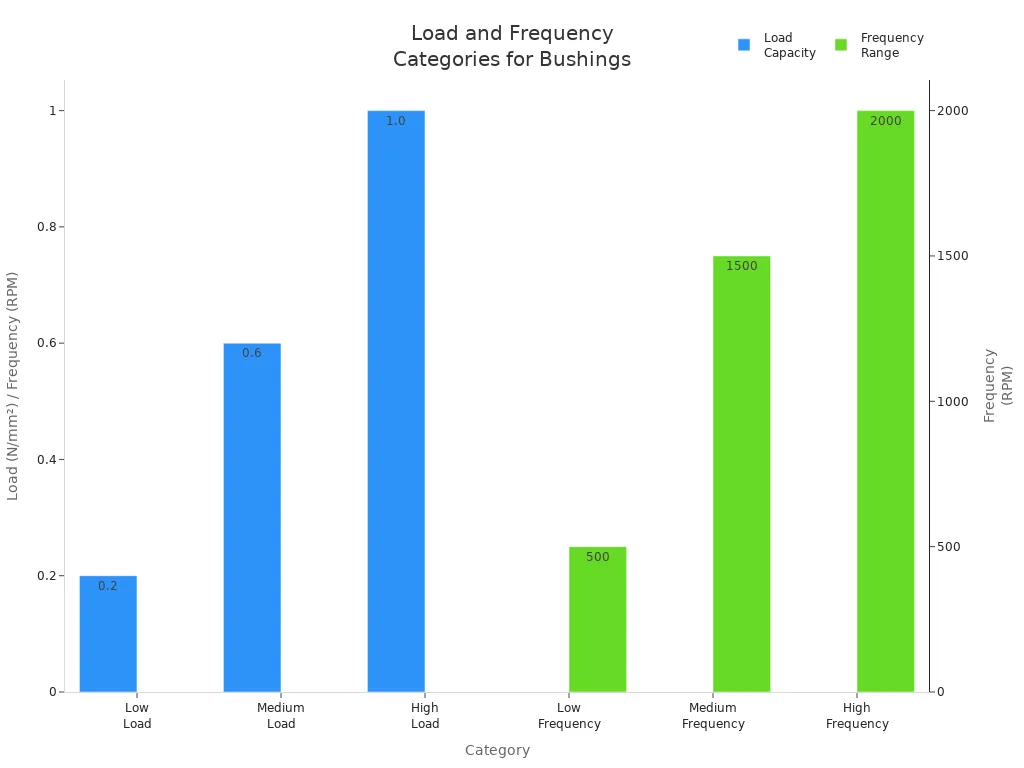
Things like heat, water, and chemicals can change how long your bushing lasts. High heat can make bushings wear out faster. Water can make them weaker and break. Chemicals can hurt rubber bushings. Check your equipment often and change bushings when needed. This keeps your machine working well and safe.
Tip: For the best handling and driving, pick a bushing from YNF Rubber. They give great quality and you can trust them.
Bushing isolators help lower shaking and keep equipment safe. In cars, they give you many good things:
They cut down shaking for a smoother ride.
You hear less noise inside the car.
Your car grips the road better and turns well.
Suspension parts last longer and do not break fast.
Wheels stay lined up and do not move out of place.
You can drive more safely.
Factories save money because bushings stop machines from breaking. Machines work longer and need fewer repairs. Pick the best bushing isolator for your job. YNF Rubber has good choices you can trust.
FAQ
What makes bushing isolators important in automotive systems?
Bushing isolators help lower vibration in cars. They make your car ride smoother. Engineers use them to keep parts safe. They also help make driving more comfortable.
How do you know when to replace automotive bushing isolators?
Listen for strange noises or rough rides in your car. If you feel more shaking, the bushings may be worn out. Check your car parts often when you get service.
Can you use the same bushing isolator for every automotive application?
You cannot use just one kind for all car jobs. Cars need different bushings for each part. Always pick the right bushing for what your car needs.

